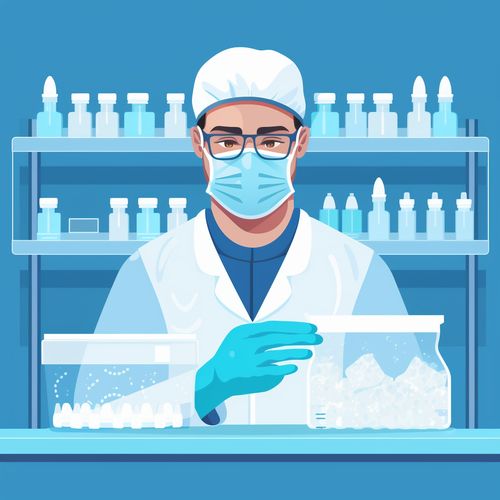Substance abuse continues to be a major issue impacting workplaces and society. Drug and alcohol testing is often implemented by organisations to detect illicit substance use. There are several common methods used for testing, each with their own advantages and ideal detection windows.
Blood Testing
Blood testing is considered one of the best ways to check for precise blood alcohol concentration levels and actual amounts of drugs present. As blood samples can detect drug metabolites, blood tests can provide an accurate picture of intoxication levels and recent usage. This makes blood testing ideal when accuracy is critical.
Blood tests give the actual drug levels. They are particularly indicated in emergency situations or where legal evidence may be required. However, they are invasive and require specially trained staff to take them. Blood tests detect most substances within minutes to hours after usage, thus offering an excellent assay of current levels of impairment. On the other hand, they are relatively ineffective in establishing a pattern of long-term substance use.
Breath Testing
Breath testing is a common technique used by law enforcement to check drivers for alcohol impairment. Breathalysers analyse exhaled breath and vapour to estimate blood alcohol levels. Breath testing is non-invasive and allows for convenient roadside screening. Recommended breathalysers include the AL6000 Alcohol Breathalyser, AL7000 Alcohol Breathalyser and the Alcohol Breath Test — EU Disposable Breathalyser.
Breath tests are quick, non-invasive, and thus popular for roadside alcohol checks. It measures alcohol content in exhaled air, which correlates with blood alcohol levels. Primarily used for alcohol testing; however some high-end devices can detect traces of some drugs. Breath tests are inexpensive, produce instant results, but are limited only to some few substances with several factors interfering with their accuracy.
Hair Testing
Hair testing looks for drug residues that get absorbed into the blood vessels of the scalp. As substances become trapped within the hair, hair testing can detect longer historical drug use. Hair testing is useful when trying to determine if someone has used drugs like cannabis and cocaine over recent months.
Hair tests indicate the pattern of substance use over several months. They are difficult to cheat, and they detect a variety of drugs. Each half-inch of hair corresponds to about 30 days of history. This test is exemplary for pre-employment screening or when requiring proof of long-term sobriety. However, it won’t indicate very recent use and is susceptible to hair treatments and outside contamination.
Saliva Testing
Saliva drug testing examines saliva to detect very recent drug use. It is minimally invasive but limited to a short detection window of around 4-10 hours. Recommended saliva tests include the 3 in 1 Saliva Drug Test and 10 Panel Saliva Drug Testing Kit from Zoom Testing.
Saliva tests are gaining in popularity as a method of testing because they are easy to use and can detect very recent use of drugs. They are tamper-proof, on-site, and thereby harder to manipulate than urine tests. They are less invasive than blood tests and more accurate for many substances than breath tests. On the other hand, they are especially useful in workplace testing scenarios when current impairment is of primary concern.
Urine Testing
Urine drug screening is one of the most common methods. Urine contains high concentrations of parent drugs and metabolites, allowing for detection of substance use. Urine collection is non-invasive, employing a simple “pee-in-a-cup” approach. Recommended urine drug tests are the Single Drug Tests for Cannabis and Cocaine from Zoom Testing, the 10 Panel Drug Screen — UK Workplace Standard and the 10 Panel Drug Test with Integrated Cup.
Urine tests are the most popular due to the wide detection range involved and non-invasive nature. This detects not only parent drugs but also their metabolites, thus providing full information about recent use of substances. These are cost-effective tests, wherein most substances have a longer window of detection compared to blood or saliva tests. However, they’re more susceptible to tampering attempts and can’t determine current impairment levels as accurately.
In summary, testing method choice depends on factors like accuracy needs, detection windows and convenience. But urine, hair, blood, breath and saliva testing represent the core ways employers and organisations test for drugs and alcohol. Reputable suppliers like Zoom Testing offer a range of recommended testing products to suit different needs.
Photo by Zoom Testing
Zoom Testing is a leading UK drug testing company and a supplier of Drug Test Kits.





